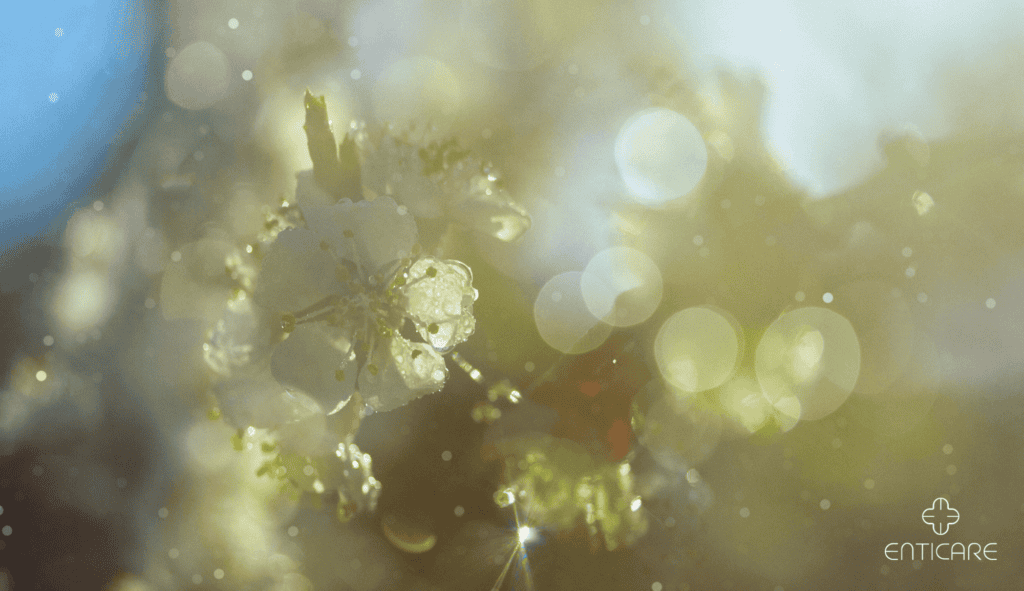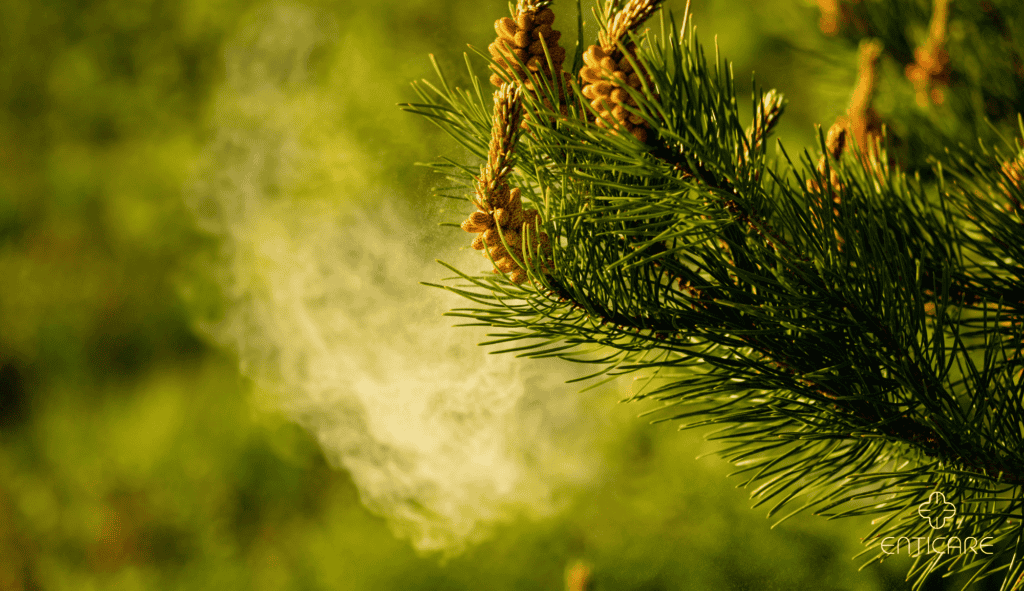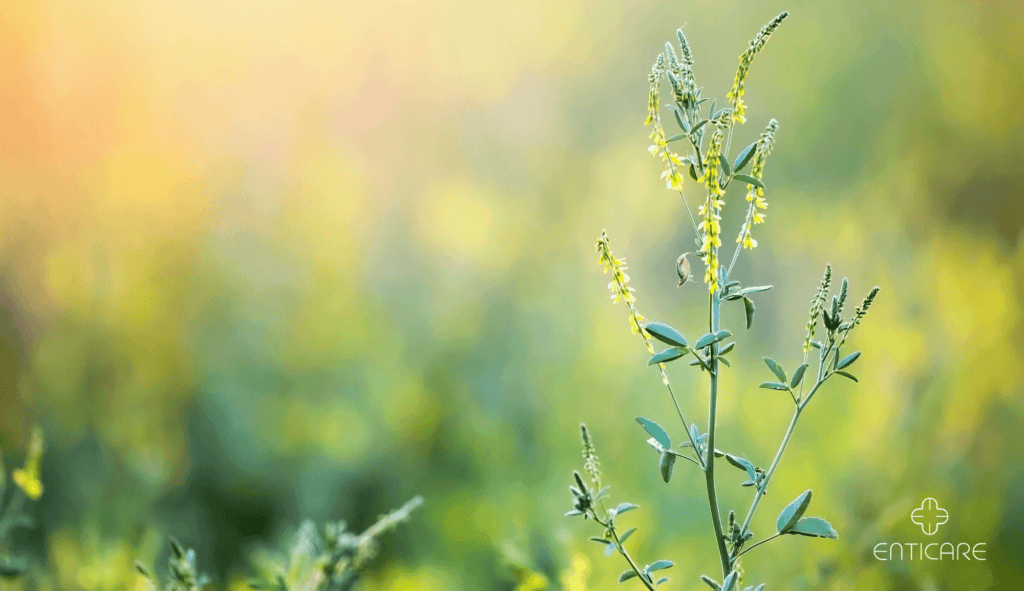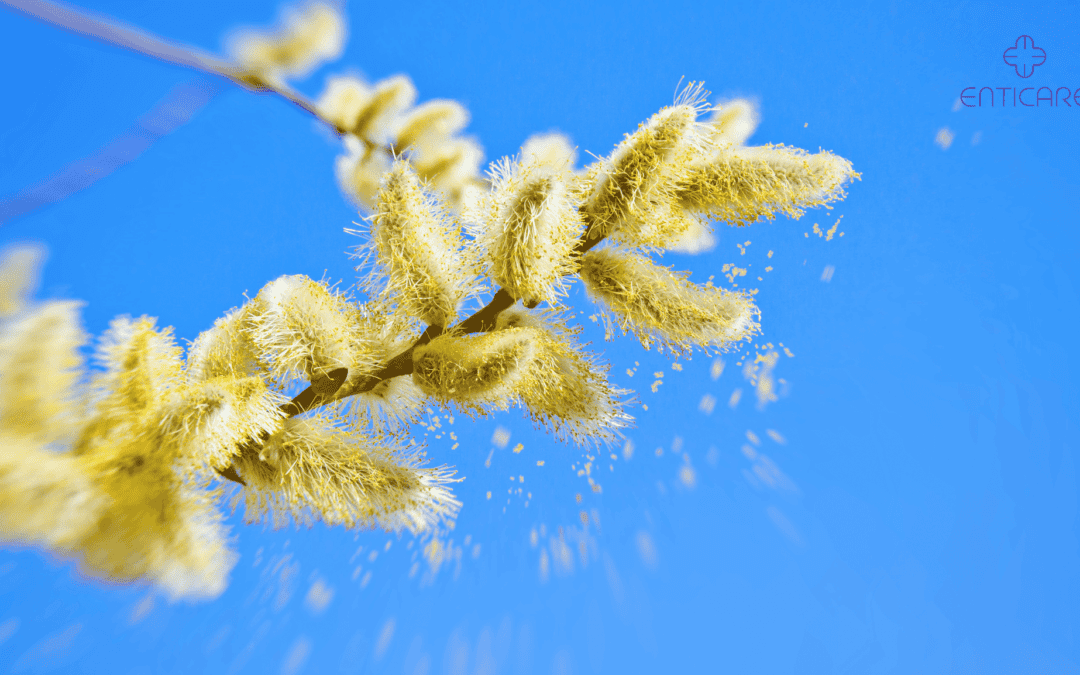If you suffer from seasonal allergies, you probably wonder when pollen season will finally come to an end. The sneezing, runny nose, itchy eyes, and coughing can feel relentless as pollen fills the air, but there are ways to manage allergy symptoms effectively. Knowing when pollen season ends and how to manage your symptoms can bring relief and help you enjoy life again.
In this comprehensive guide, we’ll explore everything you need to know about pollen season, including how long it lasts, which plants cause the worst reactions, and how to protect yourself during peak allergy times.

What Is Pollen Season? Understanding the Basics
Pollen season refers to the time of year when various plants release pollen into the air. This pollen can trigger allergic reactions in millions of people, causing seasonal allergic rhinitis (also known as hay fever). Understanding, when peak pollen season occurs, can help you better prepare and minimize exposure.
Types of Pollen That Cause Allergies
The most common types of airborne pollen that cause allergies come from trees, grasses, and weeds. Spring allergy sufferers often experience symptoms due to the high levels of tree pollen in the air during this time. Each of these plants has its own pollen season. For example, trees tend to release pollen in early spring, while grass pollen peaks in late spring and summer. Weed pollen, such as ragweed, tends to spike in late summer and fall.
Regional Variations: Pollen Seasons by Region
Pollen seasons can vary significantly depending on the region, climate, and types of plants present. Understanding these regional differences is crucial for managing seasonal allergies.
Understanding Regional Differences
In the United States, pollen seasons can be broadly categorized into four regions:
- Northeast: In the Northeast, tree pollen is a significant allergen, with oak, maple, and birch trees being common culprits. Grass pollen is also prevalent, particularly in the summer months. Seasonal allergies in this region can be intense due to the variety of pollen allergens present.
- South: The South is known for its high levels of tree pollen, particularly from oak, pine, and cedar trees. Ragweed pollen is also a significant allergen in this region, often causing severe allergic reactions in late summer and fall. The warmer climate can lead to a longer pollen season, making it essential for allergy sufferers to stay vigilant.
- Midwest: The Midwest experiences a mix of tree, grass, and weed pollen. Ragweed pollen is a major allergen in this region, particularly in the fall. The diverse vegetation and agricultural activities contribute to the high pollen counts, making it a challenging area for those with pollen allergies.
- West Coast: The West Coast has a milder pollen season, with tree pollen being the primary allergen. Grass pollen is also present, particularly in the summer months. The coastal climate can help reduce pollen counts, but certain areas with dense vegetation may still pose challenges for allergy sufferers.

When Does Pollen Season Start? Timing Based on Different Pollens
Knowing when pollen season starts can help you prepare in advance and reduce your exposure to allergens. Each type of pollen has its own peak season, depending on the plant species and the climate in your area.
Tree Pollen Season
Tree pollen is often the first to appear, typically starting in early spring (March to May) in most regions. Common trees that produce high pollen levels include oak, maple, birch, cedar, and pine. In some southern regions, tree pollen may begin as early as February.
Grass Pollen Season
Grass pollen typically peaks during late spring and summer (May to July). The pollen index often shows a significant increase during late spring and summer due to grass pollen. Grasses such as Kentucky bluegrass, Bermuda grass, and Timothy grass are among the main culprits for grass pollen allergies. People who live in areas with extensive grassy fields or open spaces may experience more severe reactions.
Weed Pollen Season
Weed pollen, especially from ragweed, tends to show up later in the year, peaking in late summer and fall (August to October). Pollen monitoring can help you stay informed about ragweed pollen levels and take necessary precautions. Ragweed pollen is notorious for causing severe allergies, and even a small amount of exposure can trigger intense reactions.
When Will Pollen Season End? Understanding the Variables
The end of pollen season depends on several factors, including your location, the types of pollen in the air, and even climate change, which can prolong allergy seasons. Identifying specific allergy triggers can help you understand what prolongs the pollen season in your area.
Typical End of Tree Pollen Season
Tree pollen season generally ends by late spring or early summer (May to June), but this can vary depending on your region. In areas with milder climates, some trees may continue to release pollen into June or even July.
When Grass Pollen Season Ends
Grass pollen season usually wraps up by mid-summer (July or August), but in some regions, it can last into the early fall. People living in areas with cooler summers may experience longer grass pollen seasons, while hot and dry conditions can shorten the season.
End of Weed Pollen Season
Weed pollen, particularly ragweed, often signals the final stretch of pollen season. Ragweed pollen season usually ends after the first hard frost, which occurs anywhere from late October to early November in many parts of the country. However, in warmer regions, ragweed pollen can persist well into November.

How to Find Relief During Pollen Season: Practical Tips
While pollen season may feel endless, there are steps you can take to reduce your exposure to pollen and manage your symptoms more effectively. By following these tips, you can manage allergy symptoms more effectively and enjoy a better quality of life during the pollen season.
Monitor Pollen Counts
Pollen counts measure the concentration of pollen grains in the air. By checking your local pollen forecast, you can stay informed about peak allergy days and take precautions. Websites like the National Allergy Bureau provide real-time pollen count updates based on your area. On high pollen count days, try to limit outdoor activities, especially during the early morning and late afternoon when pollen levels are highest.
Use Allergy Medications
Over-the-counter medications like antihistamines (e.g., Zyrtec, Claritin, Allegra) can provide allergy relief by alleviating common symptoms. For more persistent cases, nasal corticosteroids (e.g., Flonase, Nasonex) may be more effective in reducing inflammation and congestion. If your symptoms remain severe despite medication, talk to your doctor about prescription options or immunotherapy (allergy shots).
Create a Pollen-Free Environment
Limiting pollen exposure inside your home is essential. Keep windows and doors closed during peak pollen times, and use air conditioning instead of fans that can stir up pollen. HEPA filters in your air conditioning unit can help trap pollen particles and other allergens. Washing your hair and changing clothes after spending time outside also reduces the amount of pollen you bring indoors.
Take Control of Your Pollen Allergy Today
Pollen season may feel overwhelming, but understanding when it begins and ends can help you better manage your symptoms. By following a few simple strategies—such as monitoring pollen counts, taking medications, and creating a pollen-free environment—you can take control of your allergies and enjoy more of your daily life.
If your symptoms persist, you don’t have to suffer through pollen season alone. Schedule an appointment with an allergy specialist today to find long-term relief and a treatment plan tailored to your needs. Click here to book your consultation!

